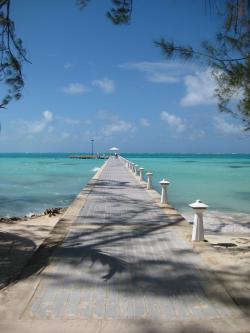jks
About
- Username
- jks
- Joined
- Visits
- 36,739
- Last Active
- Roles
- Member, Administrator, Moderator
- Points
- 670
Reactions
-
KiwiSDR 2 production status
KiwiSDR 2 radios are available again in our online store: https://kiwisdr.nz
Thanks for your support.
-
Antenna switch | Kits | Commercially available?
All the currently supported switches, including Ethernet-based switches, are listed here: https://github.com/jks-prv/KiwiSDR/tree/master/pkgs/ant_switch
There is not a proper pointer to that in the base documentation, so I will fix that. Thanks.
-
Log to external syslog server
It depends on what you mean by "log" as there are some subtle differences. Not all messages appearing in the admin log tab are recorded in the Linux syslog. The ones prefixed with an "L" are. They should be recorded in /var/log and persist across reboots and power failures. The other ones are interesting but not deemed worthy of taking up filesystem space.
In the past someone did figure out how to do remote syslog recording. I don't know if that had any adverse impact on the Kiwi realtime performance (i.e. causing the audio to break up).
The admin "users" tab never persists across restarts because of how it works.
Random shutdowns are always power supply, or power supply cable, problems (voltage brownout). If we've learned anything in the past 10 years it's that.
-
Settings for colormap
The admin page, config tab, colormap setting only applies if no override exists in browser storage from a previous visit to the particular Kiwi. Usually the first time you visit it (or after a storage/cache clear).
If it's starting with csdr just change it to kiwi on the user WF tab (bottom left colormap tab) which will change browser storage and apply to the next visit.
You can bring up the browser console and check storage to see the actual current setting.
-
v1.806
@studentkra I rewrote all that code for the next release. It has so many issues to consider and corner-cases it just needed to be redone. Hopefully it will be better.
-
What an impressing radio the KiwiSDR really is.
-
Allow DRM to preempt autorun FT-8 and autorun WSPR [fixed in v1.806]
-
v1.806
-
AGC Help button
-
Extension of the antenna switch for direct execution of shell scripts on the Kiwi




